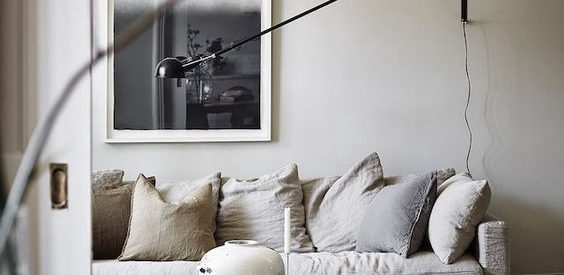Whether you?re buying new furniture or reupholstering an old favorite, fabric selection is one of the most important choices you?ll need to make. With so many fabric options available it can become a bit overwhelming. Color and pattern are essential, but even before you get to that point you need to pick the right type of fabric for your furniture and your lifestyle. Since not everyone is a fiber aficionado, we put together this guide to help you make the right upholstery decision.
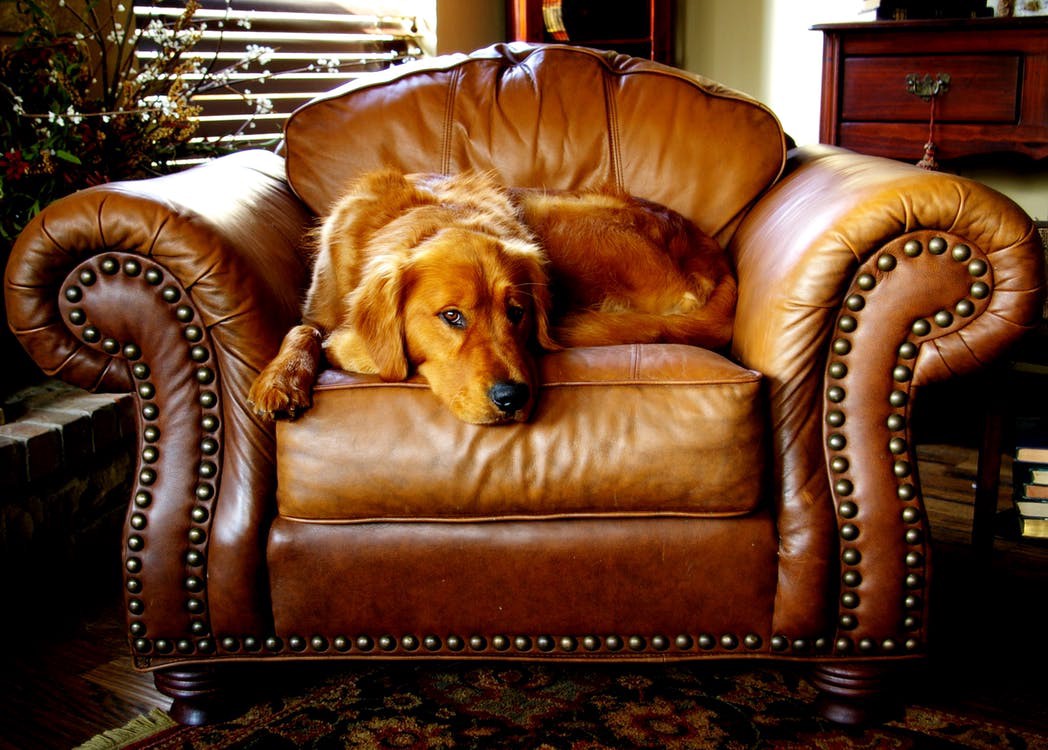
In this guide we?ll cover natural and synthetic fibers, but before we get to that there?s some guidelines to keep in mind that apply to both. One of the most essential criteria when it comes to fabric selection for furniture is how much use it can stand up to. This is measured in double-rubs. If the fabric is between 8,000 to 10,000 double rubs, it is designed for light use and it won?t sustain everyday wear and tear. Medium use upholstery fabric is between 10,000 to 15,000 double rubs. Most residential upholstery fabric falls into this category and can withstand 10,000 to 25,000 double-rubs. Commercial grade fabrics are usually rated at 100,000 to 250,000 double-rubs, but unless you have a large, rambunctious family or are furnishing a public space you won?t need something that heavy duty. If you?re looking for high durability in a domestic setting you should use a heavy use fabric that is 15,000?30,000 double rubs.

Texture is also important for furniture you?re going to be spending a lot of time sitting on. Scratchy fabric might not be the end of the world for the chair in the study no one ever sits on. But for your sofa and lounge chair that gets every day use, it needs to be comfy. Test fabric on your arm or face to check for roughness ? the tougher skin on your hands might not pick up on more subtle scratchiness.
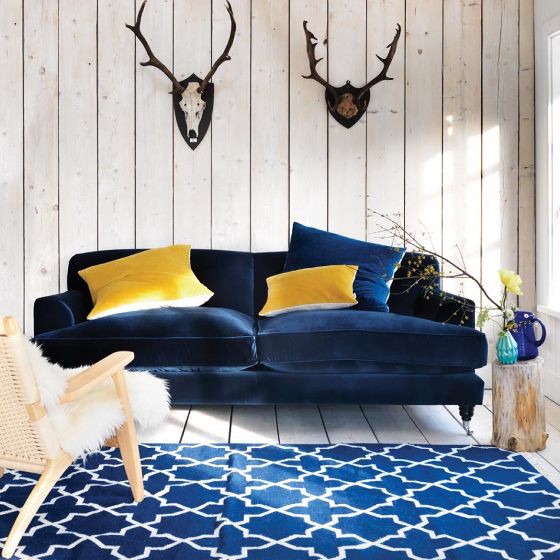
Natural Fabrics
Linen
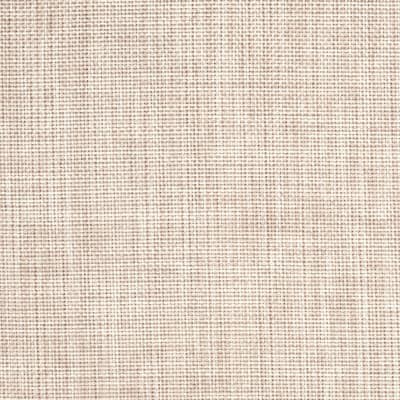
Made from flax, linen is an extremely strong natural fiber. It?s smooth, soft, and naturally lustrous. Linen naturally resists pilling and soiling, but it can wrinkle easily, making it better suited for casual than formal spaces. It?s often used in in a blend with cotton for greater elasticity.
Cotton
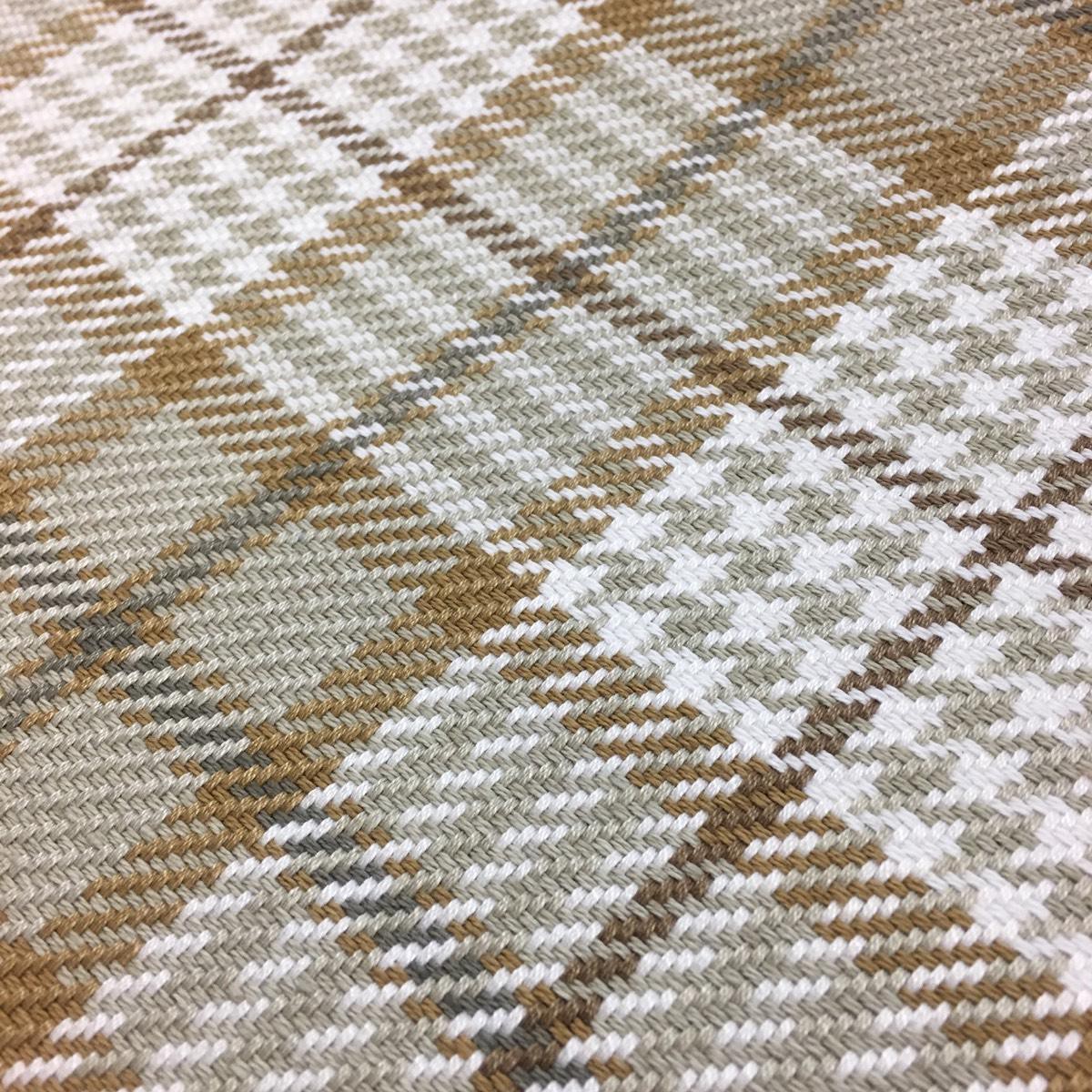
Cotton is soft and durable, but it?s also susceptible to wrinkling and can be easily soiled. It?s a common choice for slipcovers, since most cotton can be cleaned with soap and water. You?ll rarely find 100% cotton upholstery fabric ? it?s typically part of a blend. The best-quality cotton blends will generally contain about 45% to 60% cotton.
Wool
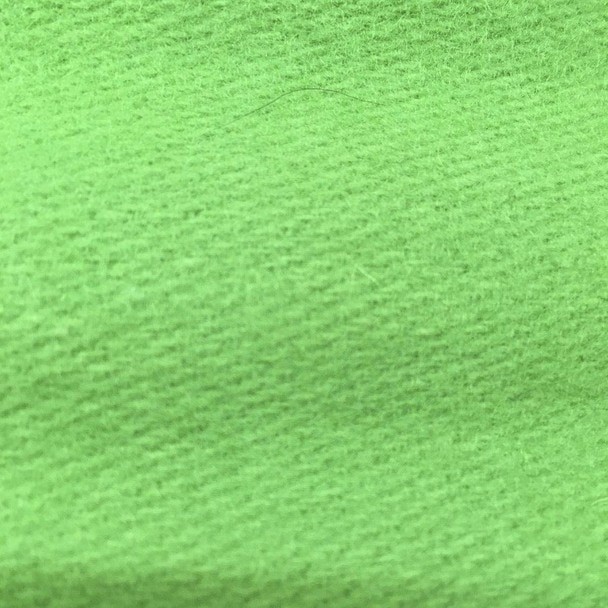
A natural fiber that comes from animal hair, wool is a durable choice for upholstery fabric. However it can be a bit scratchy and if not part of a blend, can be difficult to clean and risks felting. Because of this most wool upholstery fabric is actually a blend.
Leather
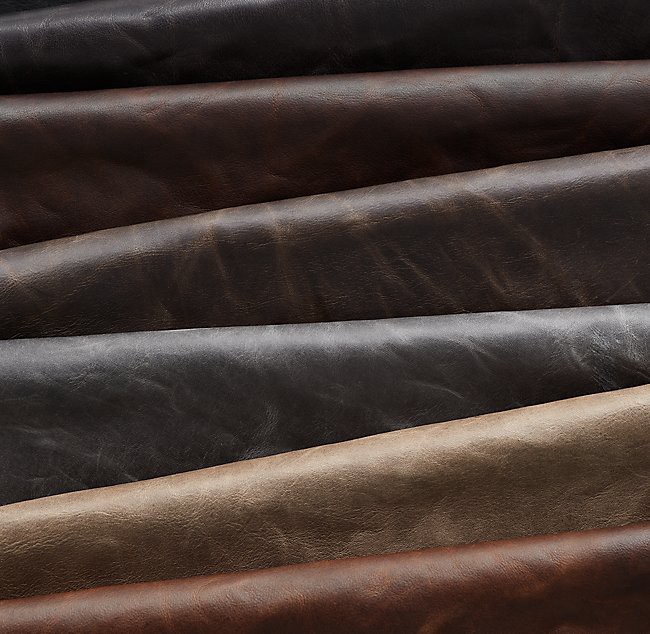
Made from animal hide, leather is durable and easy to clean. There are different grades of leather though, so be sure to look for full or top grain leather to ensure you?re getting the best.

Synthetic Fabrics
Polyester
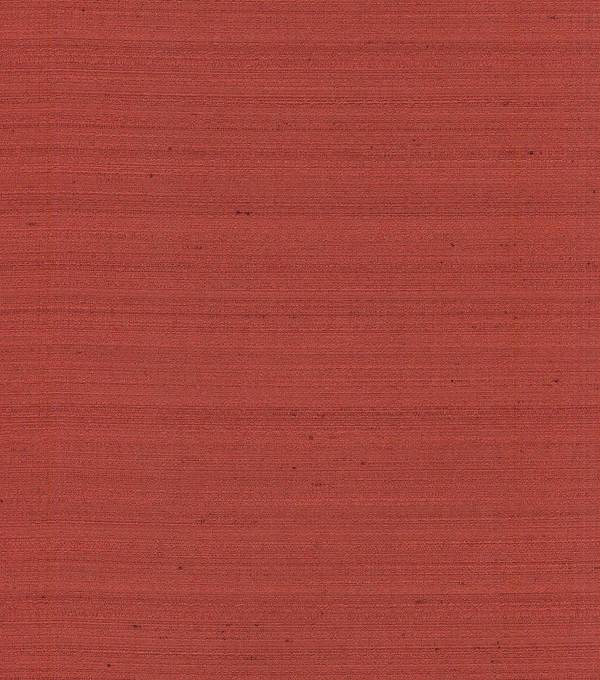
First introduced in the 1950s, polyester is a high-performance synthetic fabric that is rarely used alone. You?ll most often find it working in tandem with natural materials such as cotton and wool. Polyester blends provide strength, easy cleaning, and resistance to fading, wrinkling, and abrasion.
Velvet
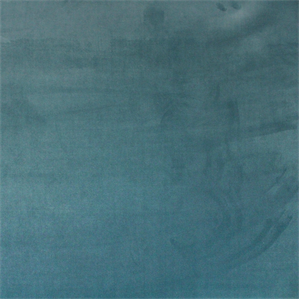
Velvet could have gone under either category as it can be made from cotton, silk, or polyester. Polyester velvets are more durable than their natural fiber counterparts however. Though comparatively difficult to clean, velvet stands out for its comfort, texture, and rich color options.
Microfiber
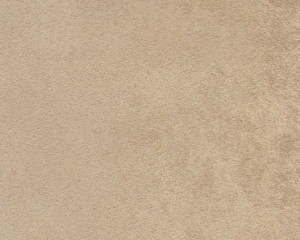
A knit blend polyester fabric, microfiber is softer than suede and much easier to clean. It?s made of tightly woven synthetic fibers, that provide durability and moisture resistance while maintaining the the aesthetic qualities of suede.
Rayon
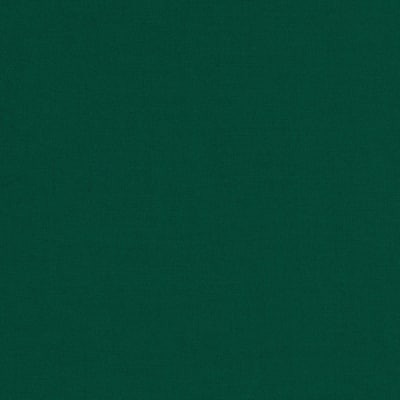
A cellulose-based material, rayon was developed as an imitation for silk, linen, and cotton. It is durable, but prone to wrinkling. It?s commonly blended with other types of threads to create a mixed material that?s appropriate for upholstery.
Sunbrella
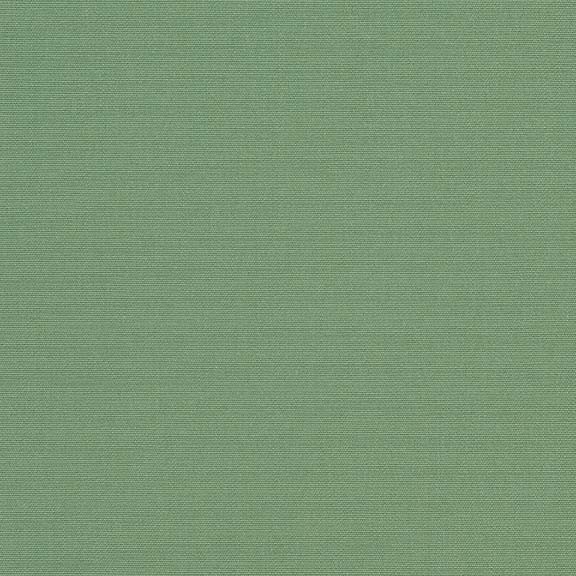
Sunbrella is an acrylic fabric that was originally created for outdoor furniture use. However since it?s made to stand up to the elements it?s also a good choice for indoor furniture that may have to withstand spills and direct sunlight.
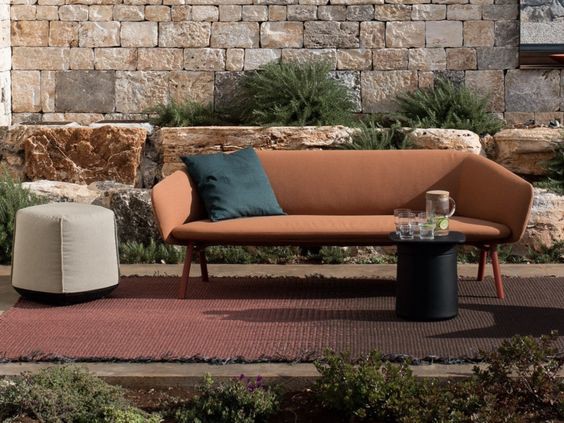
So which fabric is the best for furniture upholstery? While ultimately it comes down to your personal situation and needs, there are some clear front-runners to choose from. In general synthetic fabrics tend to be more durable than natural ones, but they may not have the texture you?re looking for. If you want to opt for a natural fabric, leather or linen are your best bets. If you don?t mind synthetic a polyester blend is the way to go. Be honest with yourself about how much wear and tear the upholstery is going to have to withstand. It?s easy to fall in love with a fabric, but if it?s going to have to be replaced in a couple of years it?s not really worth it. Once you have fabric content choice squared away, you can move on to something a bit more fun, liking picking a color.
